From iron ore, a diverse rock formation, the resilient metal known as iron is obtained. Overwhelmingly, a significant portion of the earth’s iron is put to use in the assembly of steel – a total of 98%.
Rock-sourced iron, from which nearly all the world’s iron originates, is required to generate steel in staggering amounts.
The act of obtaining iron from ore results in considerable pollution. To begin, explosives are triggered to destroy the rock and from there, the iron ore is then transported to a smeltery to be heated and the iron separated. This process of extracting iron from ore produces a massive amount of contamination.
To complete an iron ore-drilling procedure, the steps required are practically identical to the usual rock drilling approach. The start is all about inserting a drill bit into the stone material and after that, a water pump is turned on to pump in water for cooling the drill bit and to generate a liquid mixture that can be successfully transported from the drilled hole.
To begin the process of boring iron ore, a drill bit is inserted in the rock and rotated to create a hole. Following this, a water pump is utilized to force a stream of liquid into the gap – this not only helps to keep the drill at an optimal temperature, but also generates a slurry which can then be expelled from the opening.
Slurry, brought to the processing plant, is carefully dissected separating the iron from other elements. This iron is then moved to a steel mill where it can be transformed into steel.
Drillers of iron ore are faced with a hazardous task, having been witness to innumerable accidents and fatalities over time. In 2011, a learner met his unfortunate end at an iron ore mine in Australia, when the drill he worked on hit a sharp rock, thus triggering an unprecedented explosion.
Related Product
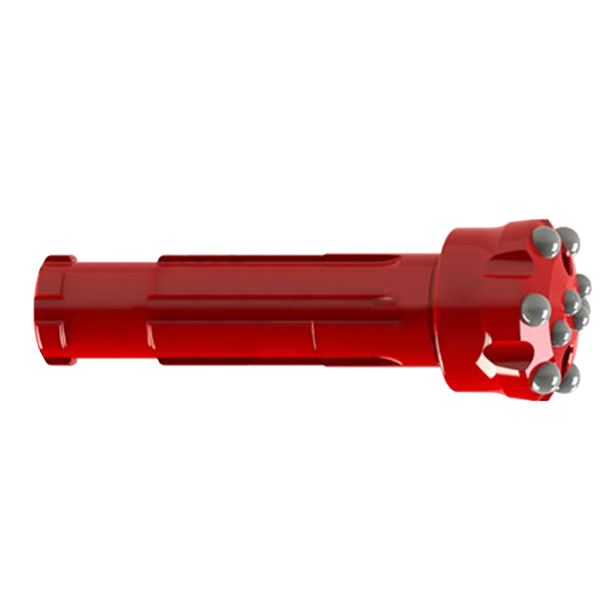
DHD Series DTH Bits(High Pressure) DHD
high pressure drill bit is mainly used in geological exploration, coal mine, water conservancy and hydropower, highway, railway, bridge, construction and construction, etc. Advanta […]

Taper Bits
Taper bits, especially Tapered button bits are the most popular tapered drill bits with a wide selection of head diameters from 26mm to 48mm. With carbide buttons cold pressed on t […]

Cir Series Dth Bits(Low Pressure) Cir90-90
Down-the-hole (DTH) hammer bits are used with Down-the-hole hammers for drilling holes through a wide range of rock types. In conjunction with DTH hammers, drill hammer bits are de […]
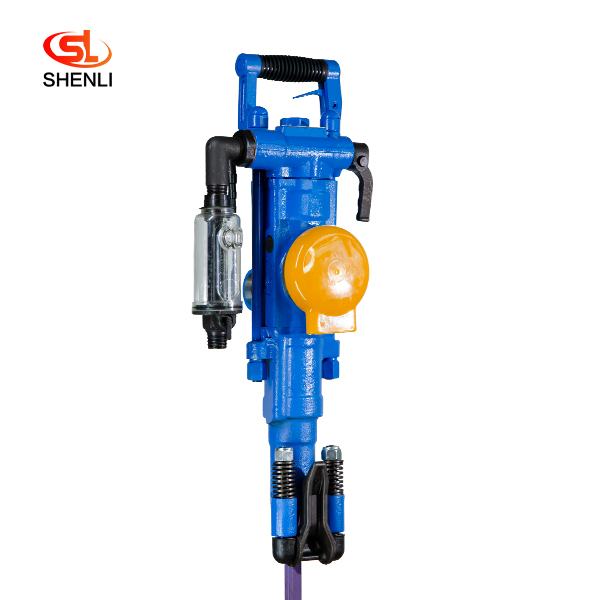
YT27 Air Leg Pneumatic Rock Drill Pusher Leg Rock Drill
The YT27 air-legged rock drill is a highly efficient lightweight rock drill suitable for downward or inclined drilling in medium-hard or hard (f=8 – 18) rock with a diameter […]
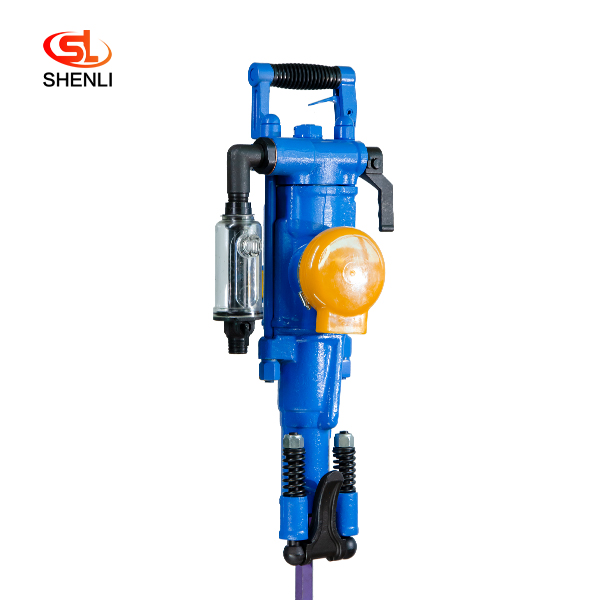
YT28 Air Leg Pneumatic Rock Drill Pusher Leg Rock Drill
The YT28 air-leg rock drill is a kind of high-efficiency, energy-saving and environmentally friendly rock drilling equipment. Compared with similar pneumatic products, the YT28 air […]
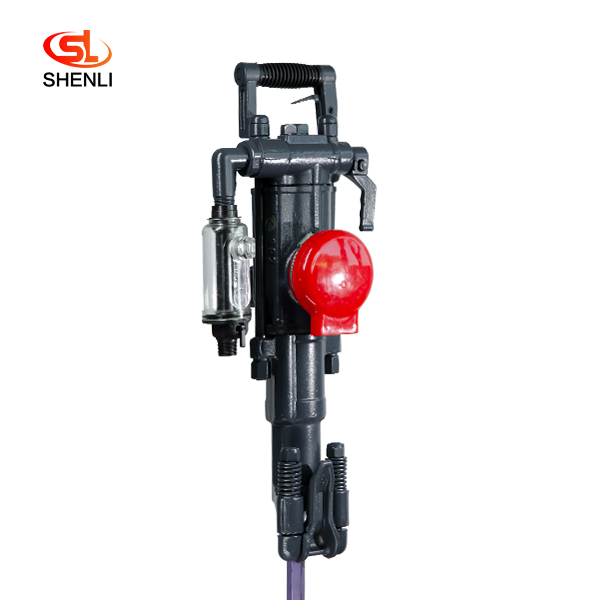
S82 Air Leg Pneumatic Rock Drill Pusher Leg Rock Dril
Model S82 air-legged rock drills are heavy-duty air-legged rock drills with high efficiency and low consumption, which are especially suitable for use in the construction of railro […]
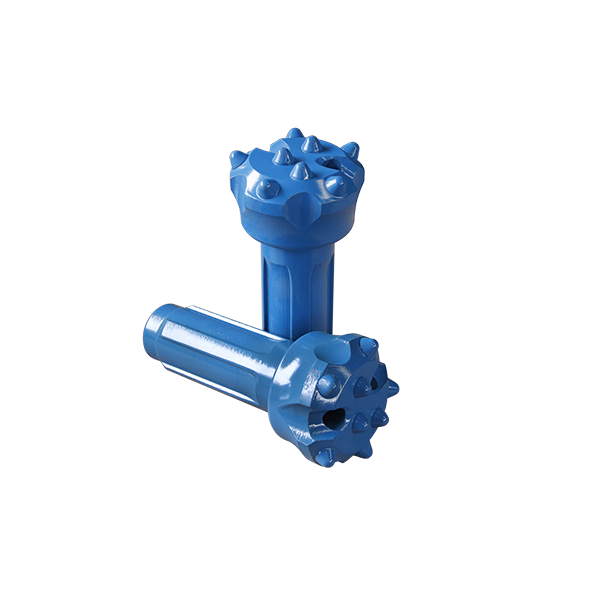
CIR Series DTH Bits(Low Pressure) CIR76-76
Down-the-hole (DTH) hammer bits are used with Down-the-hole hammers for drilling holes through a wide range of rock types. In conjunction with DTH hammers, drill hammer bits are de […]
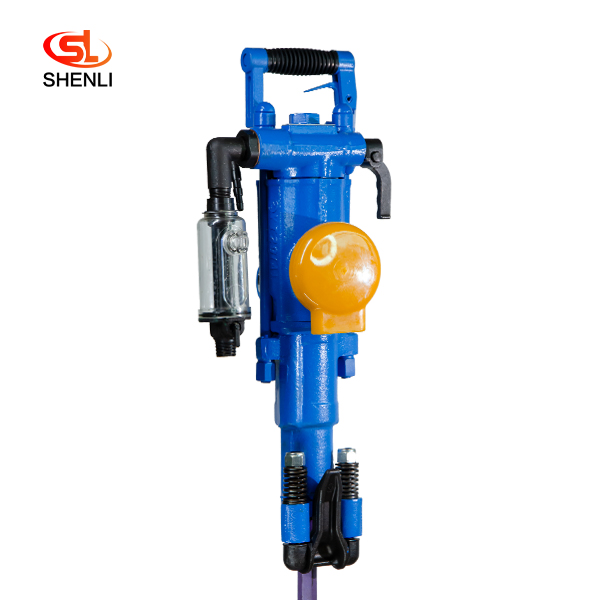
YT29A Air Leg Pneumatic Rock Drill Pusher Leg Rock Drill
YT29A air-legged rock drills are heavy-duty push-leg (air-legged) rock drills with low energy consumption, which are more suitable for drilling horizontal or inclined holes in medi […]
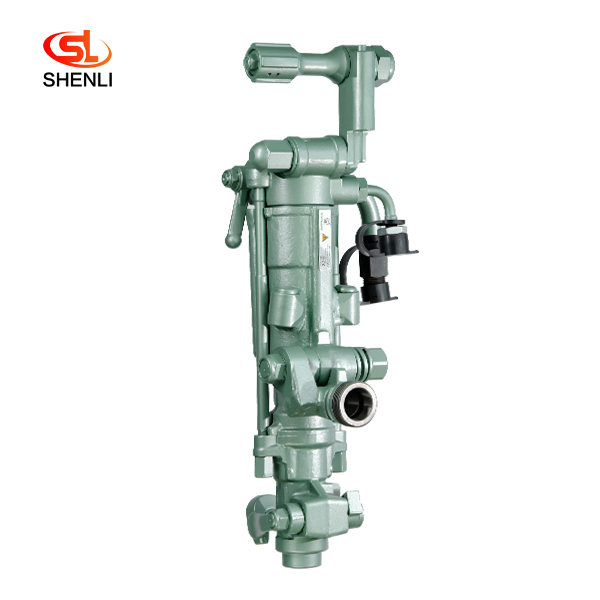
S250 Air Leg Pneumatic Rock Drill Pusher Leg Rock Drill
(S250 jackleg Drill) has been the preferred choice of miners who demand high performance, superior control and lasting reliability. the S250 jackleg allows operators to drill in co […]
Post time: 2023-07-01

